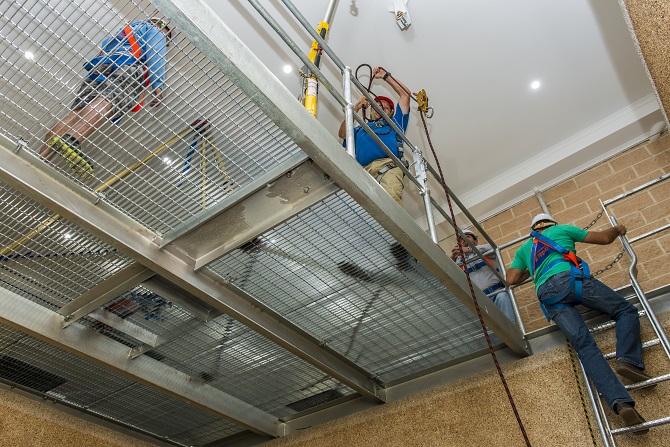When it comes to implementing safety procedures as required by 2005 work height regulations, training is an important part of the puzzle. Safety practices are only as good as employees who actually do work.
Therefore, they must be trained in current safety requirements, how to use the equipment and tools provided, and how to work in a careful, proactive and risk-free manner as possible.
To provide appropriate working at heights training workers requires two things: primary training and secondary training. We will discuss both types of training in the following paragraphs and the difference between receiving training at home or through third-party organizations.
British law requires that all workers who will work at heights must be properly trained and always follow safety procedures. In addition, equipment and safety equipment needs to be regularly inspected and certified.
Main Training
The main training must be carried out by each employee before they are allowed to work at height. Training must consist of class time and, if appropriate, practical training. Some of the topics that may be covered in the main training include regulatory standards, how to properly prepare for work at height, the types of access systems available, as well as various types of personal protective equipment (PPE) and how this can be used to prevent falls.

Examples of the main training might be ladder safety. Workers will learn why they are inherently dangerous and when they are used properly. Their training may include case studies that show how improper use of stairs results in falls and injuries.
They will also learn how to use the ladder correctly and make it safe when it is the right access system. Workers must, of course, be encouraged to do all work from the ground if possible, thereby reducing the need to use stairs.
Secondary Training
The UK law stipulates that workers undergo further training every six months starting from when their main training is completed. This is known as “secondary training.” The purpose behind secondary training is to get workers to get the latest information about changes to regulations, new safety practices, updated methodologies, and so on.
When secondary training is not completed on schedule, workers will be left behind and their limited knowledge increases the likelihood of accidents in the workplace.